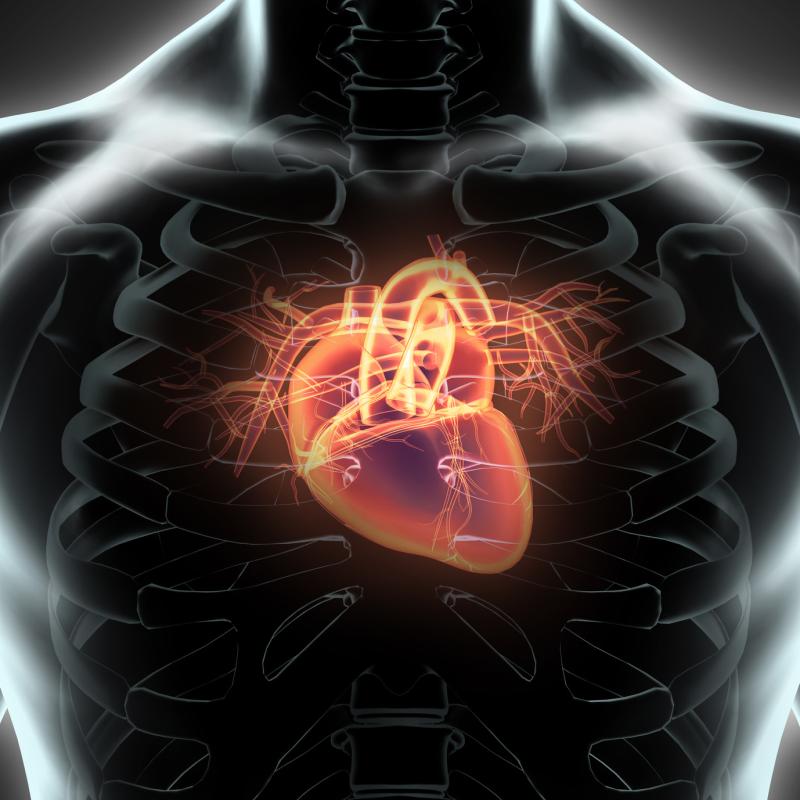
Hard physical activity and normotensive individuals and increasing systolic blood pressure (SBP) in those with hypertension each correlate with larger thoracic aortic size, suggests a study.
In the Copenhagen General Population Study, investigators measured the ascending and descending aortic diameters in participants using thoracic CT angiography. They excluded individuals with diabetes or hypercholesterolemia, those who were smoking, and those prescribed antihypertensive medication to explore the association between arterial BP and thoracic aortic diameters.
Finally, the investigators recorded the participants’ intensity of physical activity using self-reported questionnaire data.
Overall, 1,214 individuals with normal BP and 284 with hypertension were included in the analysis. The following factors associated with higher diameters of the ascending and descending aorta were male sex, older age, and body surface area (p<0.01).
Among normotensive individuals, hard physical activity >4 hours per week independently correlated with higher thoracic aortic diameters (ascending: β, 1.09; descending: β, 0.47; p<0.01 for both), but higher SBP did not (ascending: p=0.12; descending: p=0.33).
In hypertensive participants, higher SBP (per 10 mm Hg) was independently related with higher thoracic aortic diameters (ascending: β, 0.55; descending: β, 0.23; p<0.01 for both), but hard physical activity was not (ascending: p=0.11; descending: p=0.51).
“These findings suggest a context sensitive mode of aortic vascular response to size modulating adaptation,” the investigators said.
“Thoracic aortic diameter is modulated by various factors including both physiological and pathological mechanisms,” they noted.